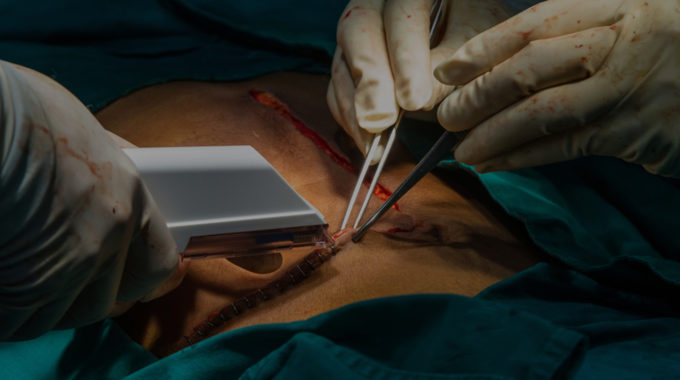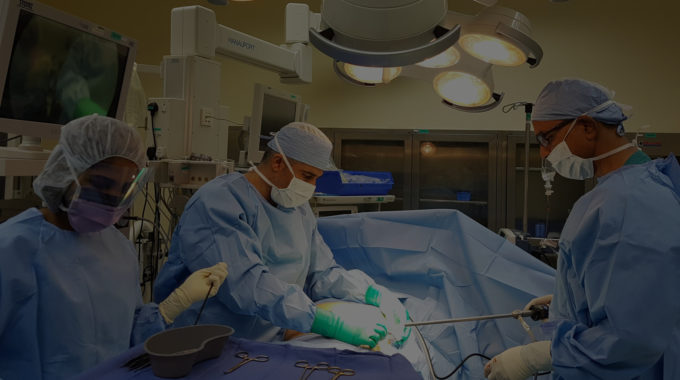
Treating Hernias and Hernia Treatment Options
Treating Hernias
A Hernia itself is not dangerous, but if it’s not treated it is likely to become larger and more uncomfortable. There is also the risk that the intestine could become trapped, cutting off the blood supply to the hernia contents (Strangulation), causing life-threatening conditions such as Gangrene or Peritonitis. It may result in the intestine becoming blocked (obstructed.) It is important to realize that hernias do not go away, in fact they will get bigger over time. The only option to treat a Hernia is by surgical repair.
Treatment Options
There are two types of surgical interventions available for hernias
Open Surgery This is a surgical procedure usually performed under Spinal or General Anesthesia. Occasionally, it is performed under Local Anesthesia with conscious sedation when there is a significant risk to General Anesthesia from co-existing Medical conditions. In simple terms, the surgery involves 3 steps, The surgeon makes a cut at the site of the hernia and the protrusion is pushed back to where it should be. The weakness that caused the hernia is then repaired. The weakness is stitched and a piece of mesh is used to reinforce the area.
Keyhole or Laparoscopic Surgery This is where a small telescope, connected to a camera, is inserted through a small cut in the abdomen. This allows the surgeon to see the hernia and surrounding tissue on a television screen. One or two other small cuts are made in the abdomen to allow the surgeon to insert fine laparoscopic instruments in order to repair the hernia. A piece of surgical mesh is placed over the hernia and held in place with small surgical staples.



